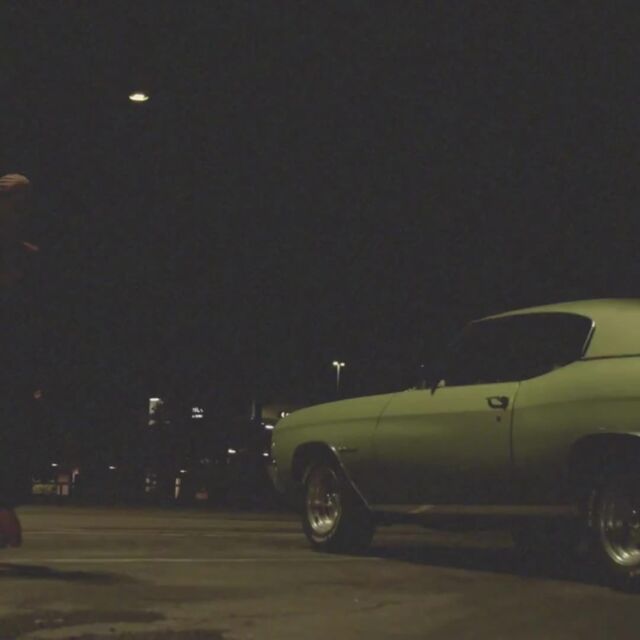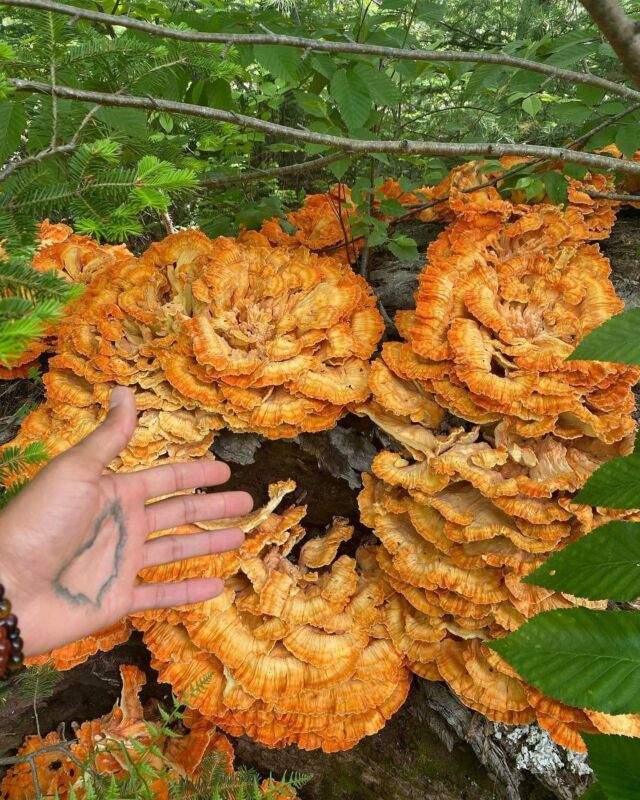This contributed piece is a part of our Featured Voices series, which invites writers, poets, artists, and creators to explore the various intersections of Blackness and Greenness. “The Hidden Teaching of Gardens” is a personal essay by Deja Curtis that explores the healing elements of working with the land, and the personal impact of building holistic sustainability through caring for a community garden.
Gardens and the infinite worlds within them have been my greatest teachers. Over time, my fondness for rolling around in inviting patches of manicured grass has grown into a love for the rich soil underneath. After graduating college, I discovered gardening while in search of connection and purpose. Seemingly overnight, I went from being an engineering student living in my own apartment near campus to a graduate living back in my childhood home—an admittedly unprepared one at that, too exhausted to even think about starting a new chapter. The rapid change of pace was disorienting. As I sought to steady myself, I began to do research on nearby community gardens. My intention was to find an outlet outdoors that I could dedicate a few hours to each week. I ended up finding family and two key life lessons that guide me to this day.
THE MAGNITUDE OF THE PRESENT
My first job out of college was a part-time position as a garden manager for a local non-profit in Tampa, Florida. The first day on the clock consisted of seed sorting and attempting to chase chickens back into their coop. From that first moment, my time at the garden proved to be an interesting experience, one unlike any I’d had before.
Everything (except the chickens) moved at a slower pace in the garden and on that timescale the constancy of change was magnified. I watched countless seeds transform from seedlings into mature plants that blossomed and provided nourishment. Being there every day, I noticed the slightest developments—new sets of leaves, stretching blossoms, gradually swelling fruit. All I had to do was be silent and still enough to notice. The plants’ color and posture were visual cues that informed me on how to best support them. Those silent conversations taught me the importance of my eyes and ears when trying to understand others—human and non-human alike.
As my relationships with the plants grew, so did my awareness and appreciation of the constant connections taking place around me. It can be easy to overlook your surroundings when your focus is centered inward, however, the closer attention I paid to what was going on around me, the more I realized just how much we have in common with nature. The garden’s resident blue jay swooping down to sneak a bite from a ripened strawberry highlighted our mutual love for the fruit. The bees shared my excitement for the fragrant orange blossoms that signified Florida spring (so much so that one bee even ended up joining me for a brief meditation beneath the tree). I witnessed the bliss of the chickens freely roaming weedy parts of the garden for a change of scenery and snack time, all while they simultaneously assisted me with weed management. My appreciation for our oneness deepened with each observed connection.
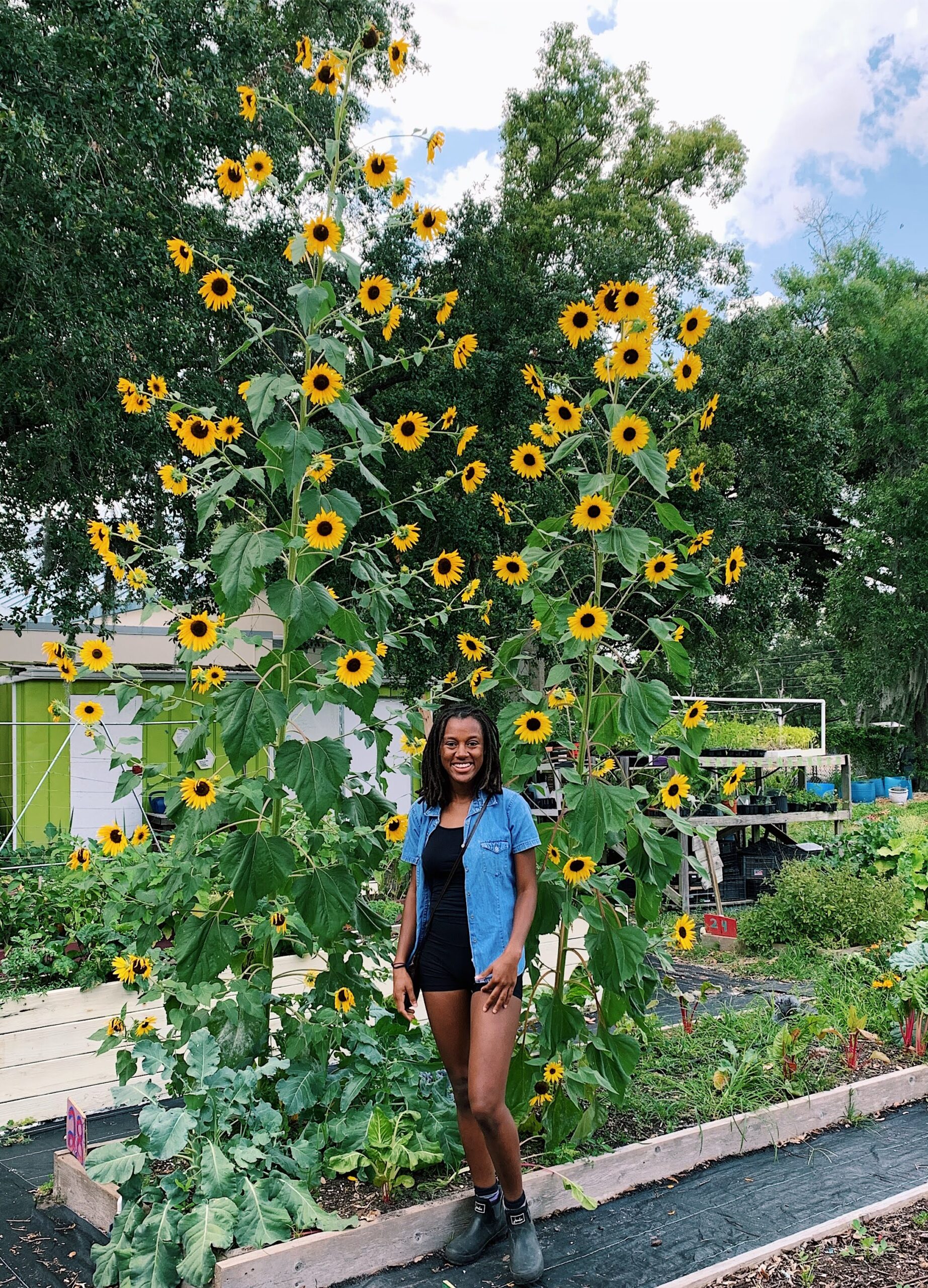
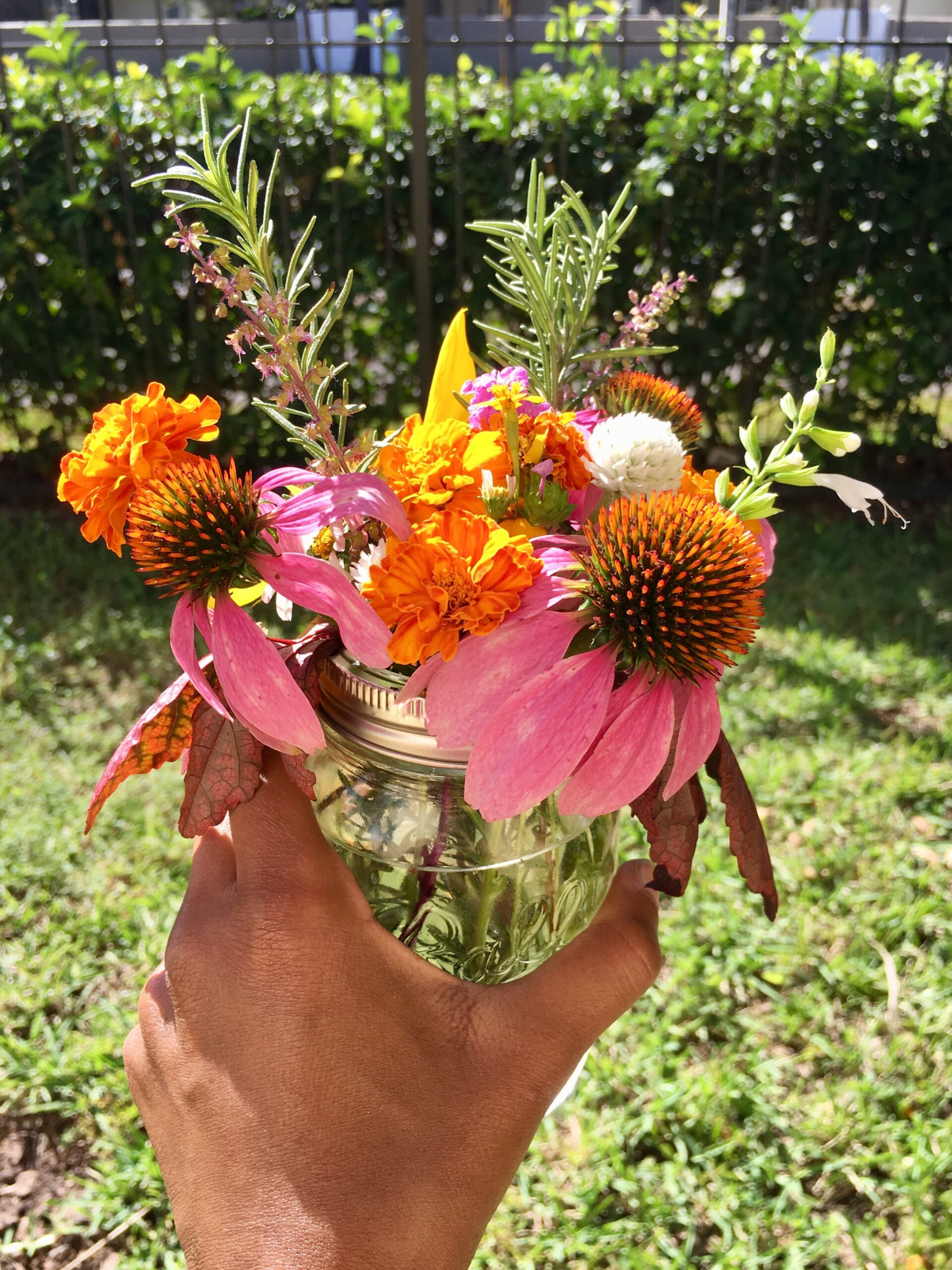
Just as any muscle grows stronger with practice, the same is true of gratitude–the more you practice it, the easier it becomes. I was able to be more present and grateful throughout my day-to-day experiences by creating and maintaining routines. I started to do activities like driving without radio or music and eating meals in silence—tuning into how my body was positioned and noting any distinguishing smells, tastes, or points of contact. I found it was easier to be content with the present moment when my mind wasn’t dwelling on what could or should have been. I brought this intentionality to my human relationships too, limiting distractions (such as my phone) when spending time with loved ones so I could be better engaged.
All my life I’ve seen people denied the care and resources they need due to a purported “scarcity.” The sharing of resources at the garden demonstrated an abundance that purely required kindness and the act of receiving only what is needed.
BUILDING COMMUNITY WITH GRACE
Developing the perseverance and bravery to keep returning to the shore––even after a tough session and months of barely knowing how to paddle correctly––was a lesson within itself. I have always prided myself in being a studious and curious individual eager to unearth the gems and jewels of life. But learning in the comfort of your own home by flipping through books is drastically different from committing to going back out into the water and publicly learning alongside others. I had to truly become humble enough to remain a student, whether on a surfboard or at my job––something that ended up having a deep and profound impact on my life. I was reminded daily that I don’t know everything, and that the only way to expand is by constantly being a student. In the water, to improve you must be patient and open to constantly trying and doing new things, and understanding that as soon as one thing is mastered, there’s something else to go after.
During that time, I also supported weekly volunteering workdays at a nearby community garden. From my initial visit, I was fascinated by the individual parts of the garden—raised bed plots, hydroponic towers, aquaponics tanks, composting stalls, and more. However, the more time I spent there, the more I valued the magic in seeing how all the elements, people included, worked together.

The garden regularly hosted volunteers who helped with upkeep. Similar to biodiversity being an indicator of ecosystem health, the wide-ranging backgrounds of our intergenerational volunteers assured me that what we were building was something special. Every week, folks would donate their time and energy to complete various assignments throughout the plot with an opportunity to take produce home in return. Tasks were assigned based on interests and capacity. Sometimes that meant joining a group in tilling raised beds in preparation for the spring growing season. Other times it meant sitting solo in the pollinator garden, perhaps enjoying a sketching session. Either way, there was space for you no matter how you entered the garden. Having that kind of grace extended to me and others transformed my understanding of what showing up for others can look like. For it is in those moments, when things are not the easiest, we need kindness the most.
My time toiling outdoors with others strengthened my physical and mental state. The holistic act of moving my body towards a common goal, bearing my own weight and that of shared wheelbarrows and shovels in the sun, always left me equally exhausted and content. During those hours, I was immersed in the task at hand, quieting my usual socially-anxious thoughts until they dissolved and allowed me to be fully present with my friends.
The empowerment to provide sustenance for ourselves through gardening can serve as a catalyst for community care, self-sufficiency, and sustainability.
HOLISTIC SUSTAINABILITY
All my life I’ve seen people denied the care and resources they need due to a purported “scarcity.” The sharing of resources at the garden demonstrated an abundance that purely required kindness and the act of receiving only what is needed. Not only did the garden provide produce to the community free of charge, but it also shared free knowledge through the volunteer workdays and workshops.
Harvests from the garden supplemented my diet, allowing me to buy less at the grocery store and become more creative with meal prep. Special occasions soon became exercises for how I could craft items I had on hand into zero-waste gifts for loved ones—edible bouquets were a personal favorite. Being surrounded by abundance and the free sharing of resources with others reduced my need to constantly consume because I knew that what I had at my disposal was more than enough. As a result, lessons from the garden on mindfulness and community care deeply informed my sustainability practice. The empowerment to provide sustenance for ourselves through gardening can serve as a catalyst for community care, self-sufficiency, and sustainability.
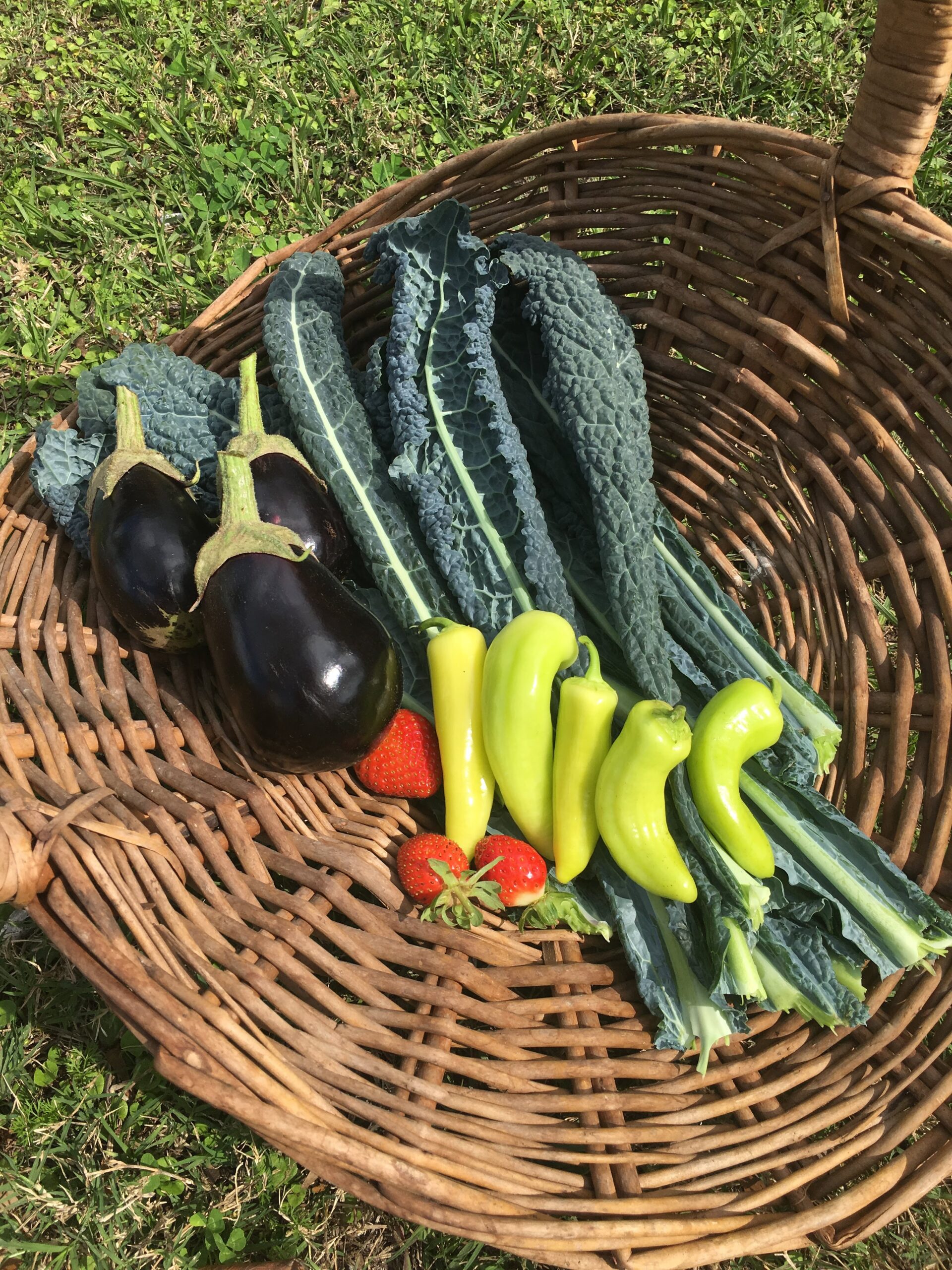

—
Deja Curtis is a writer, researcher, community organizer, and lover of the outdoors. Her writing leverages her environmental engineering and science background to explore connections between people and the (built and natural) environment. She is especially interested in Black environmental history and its documentation. When she’s not writing, you can catch her laying out in the sun (preferably by water) with her latest bookstore find. She is from Tampa, Florida and currently resides in Washington, DC.
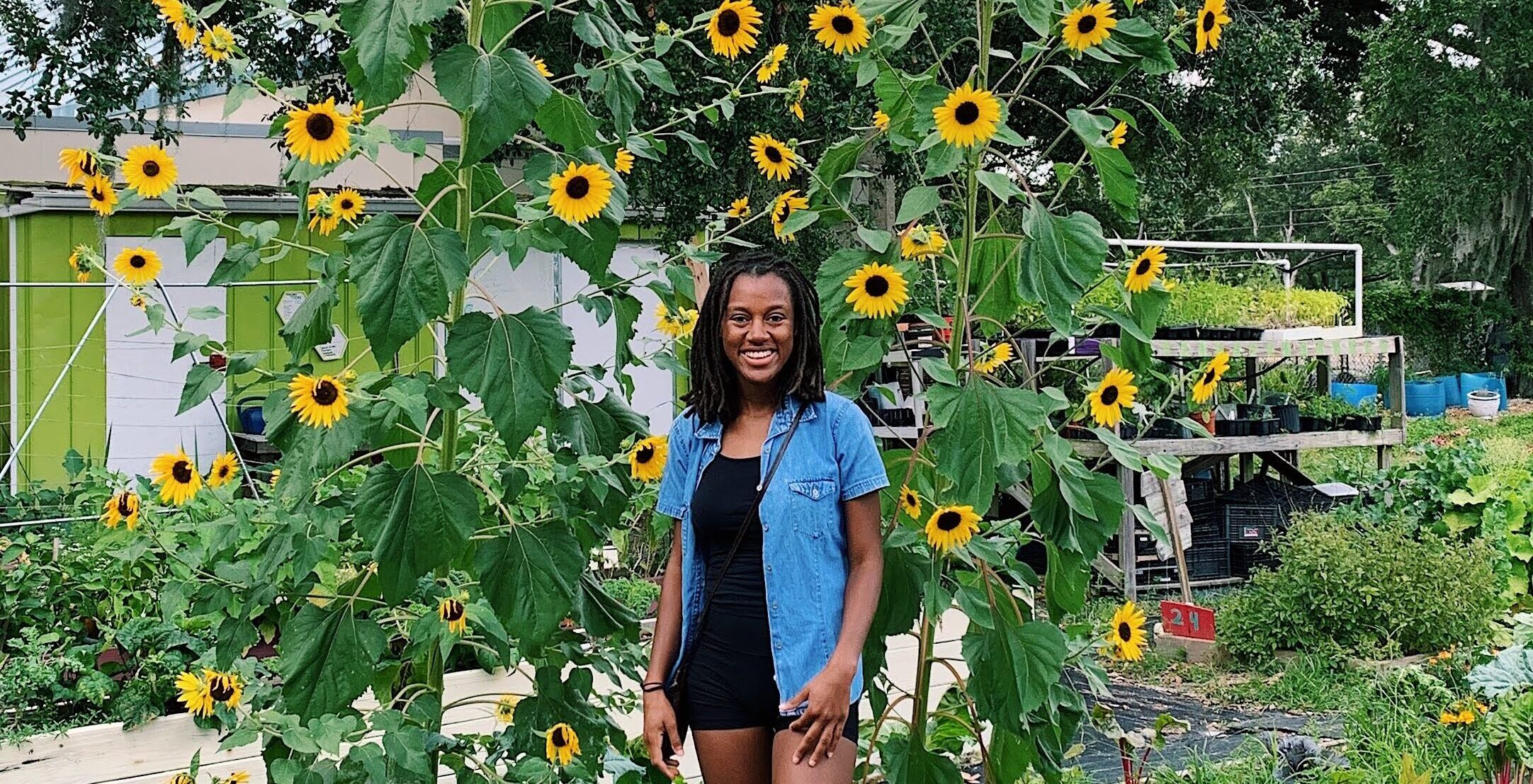
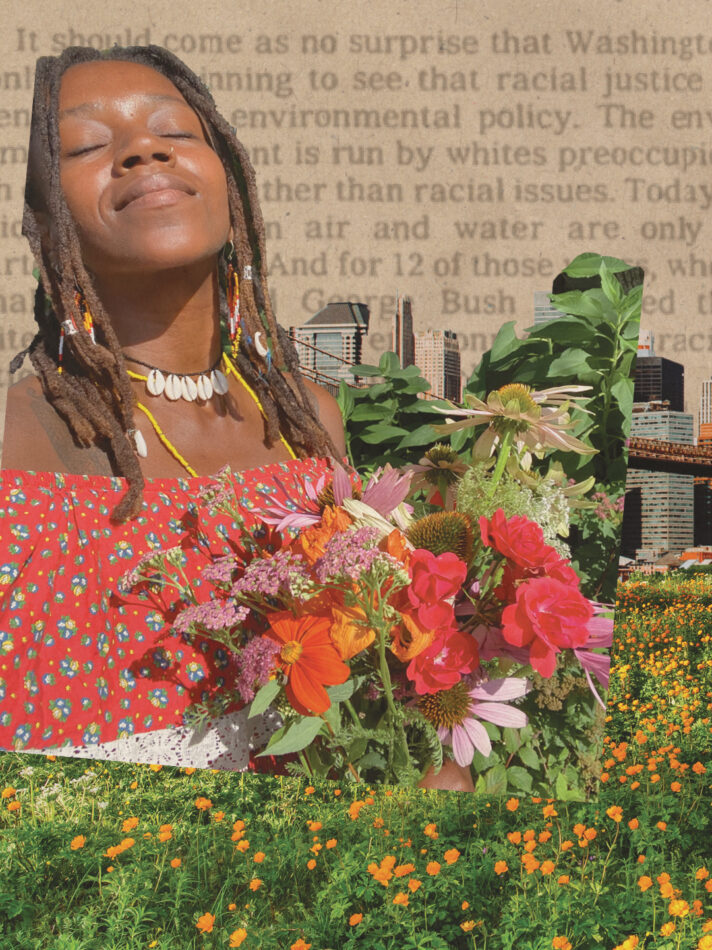


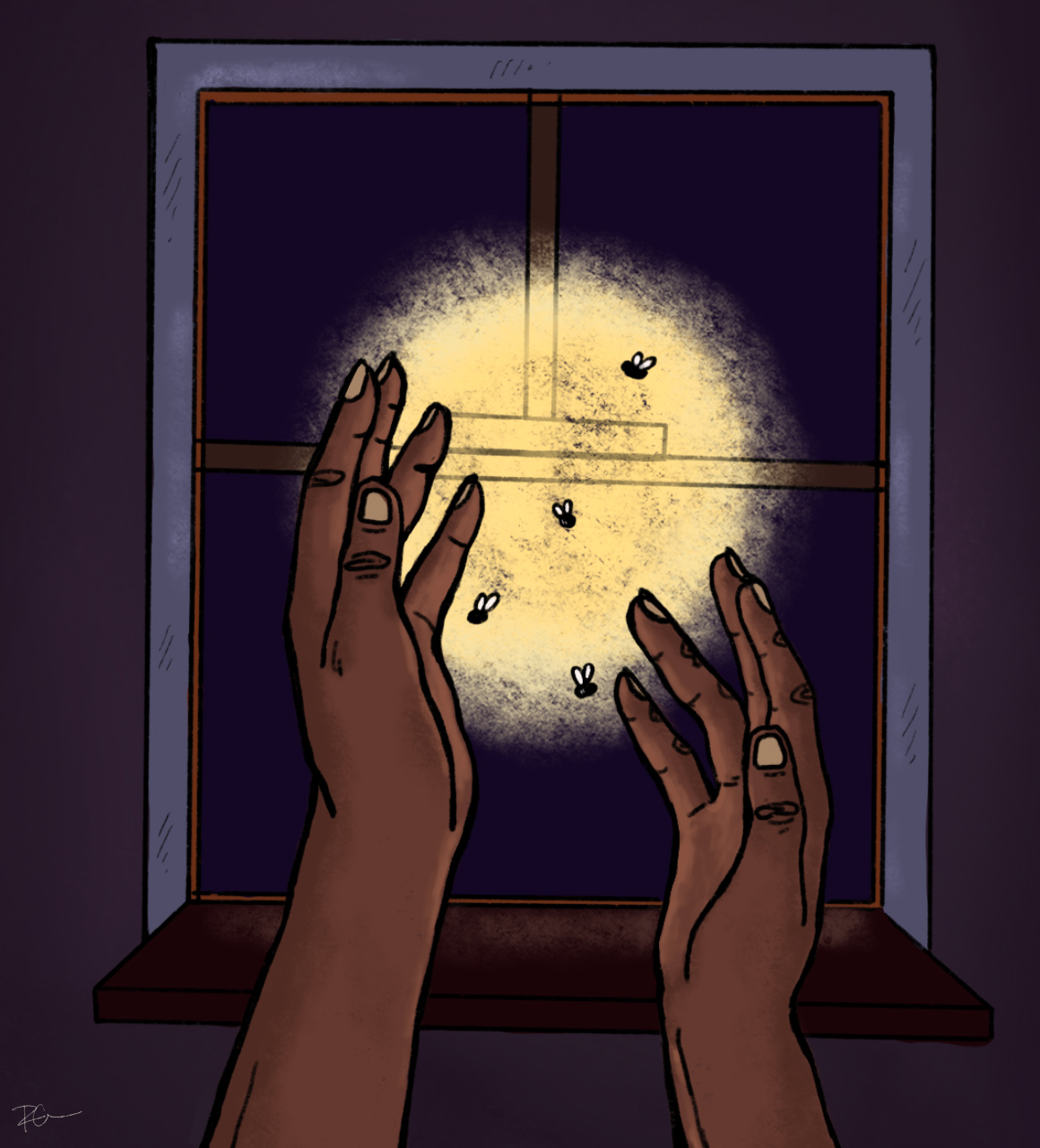
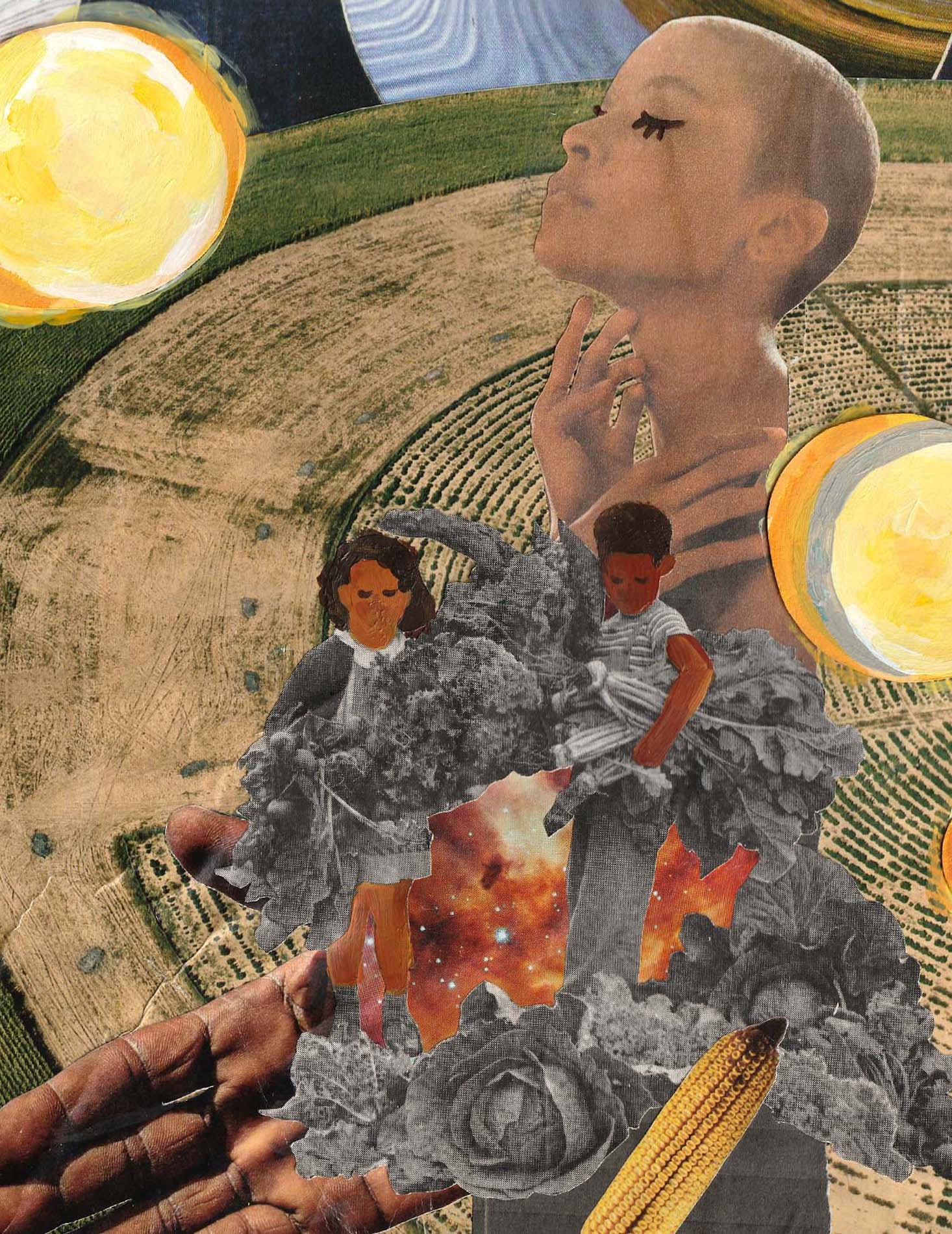

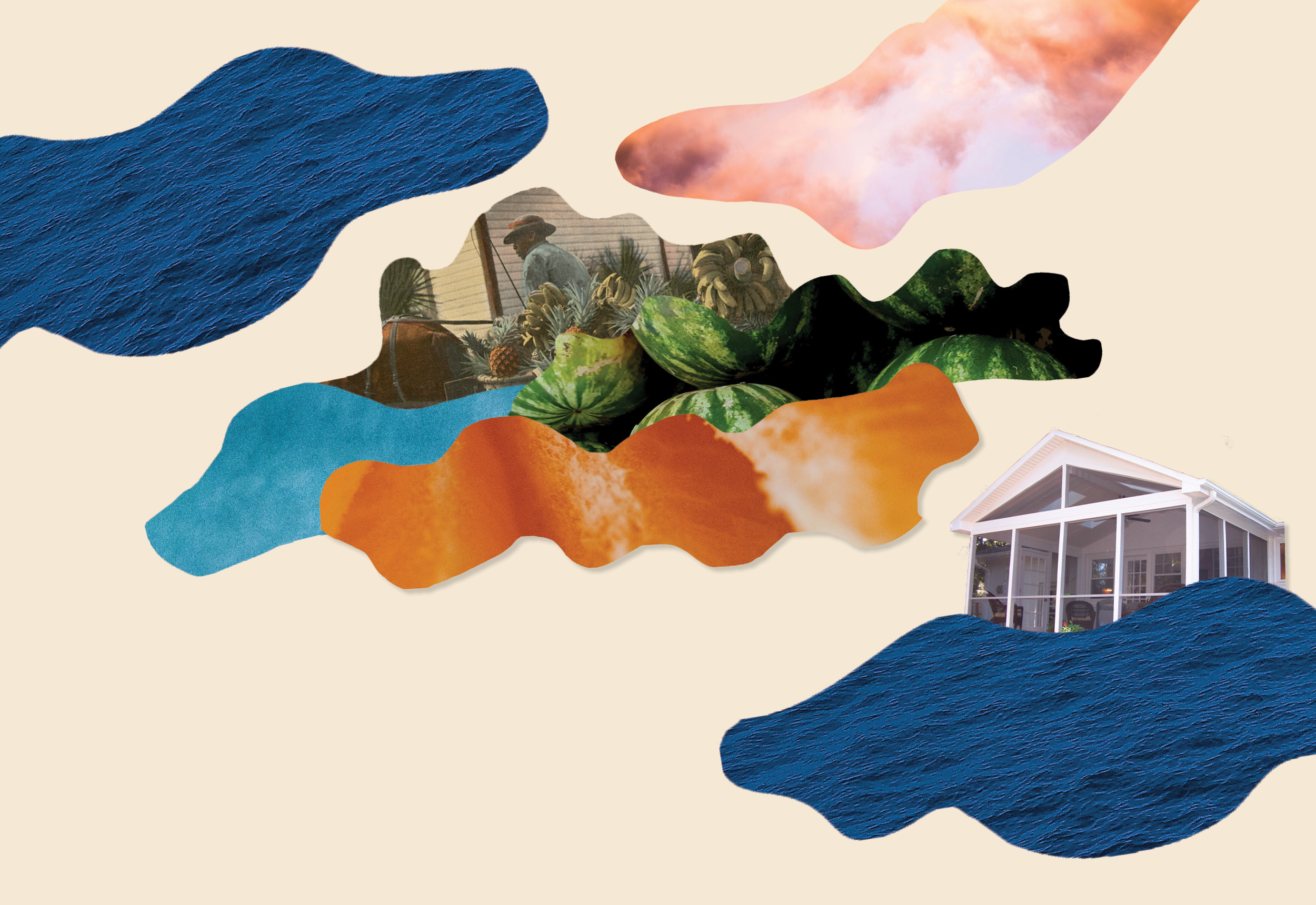

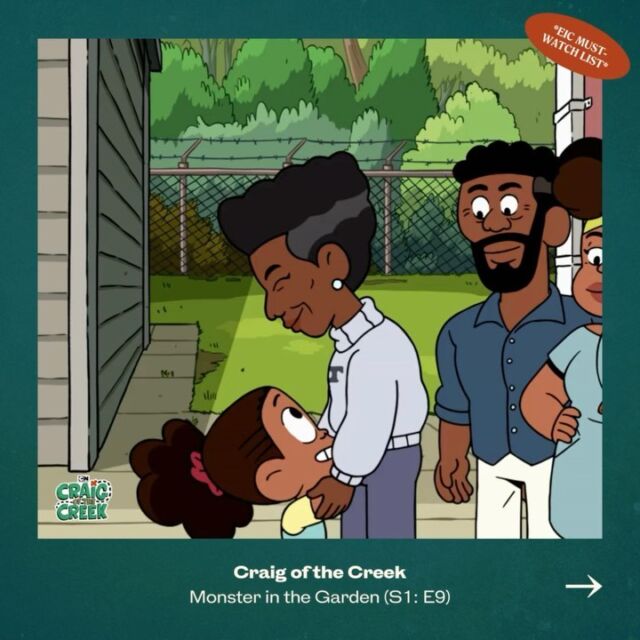
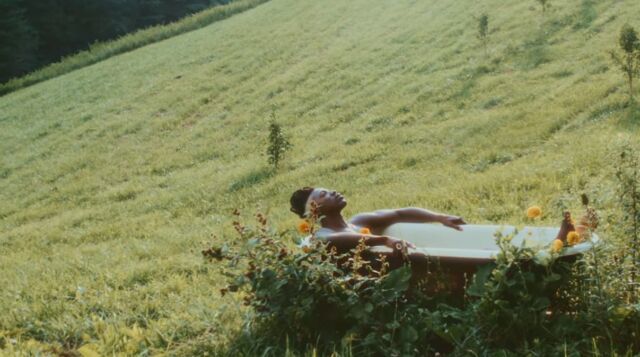

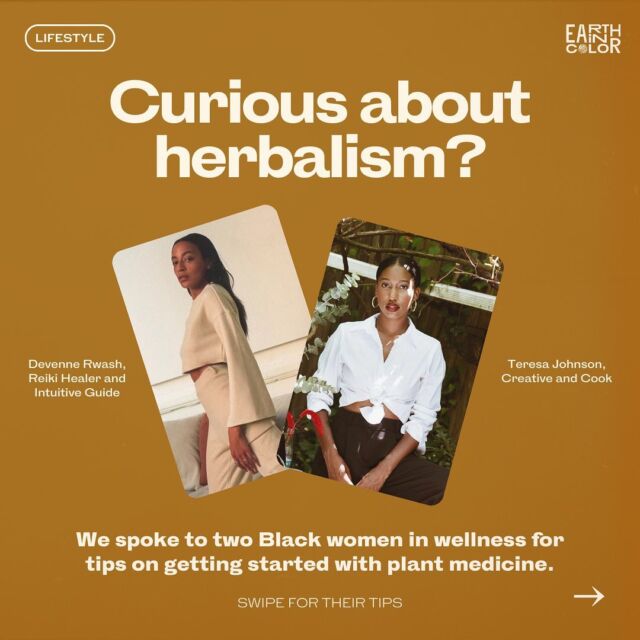
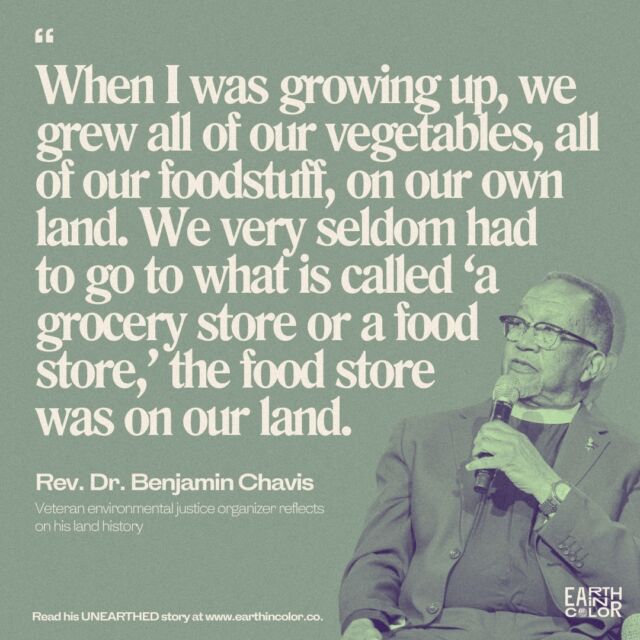
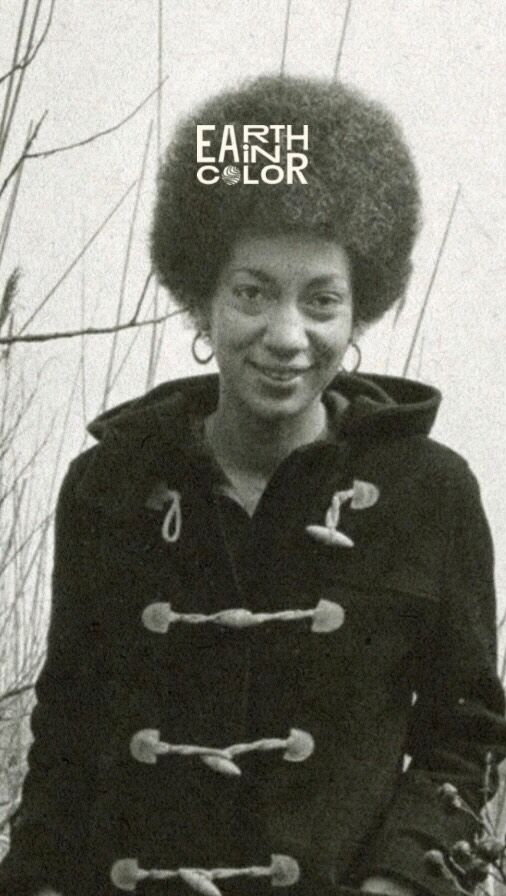
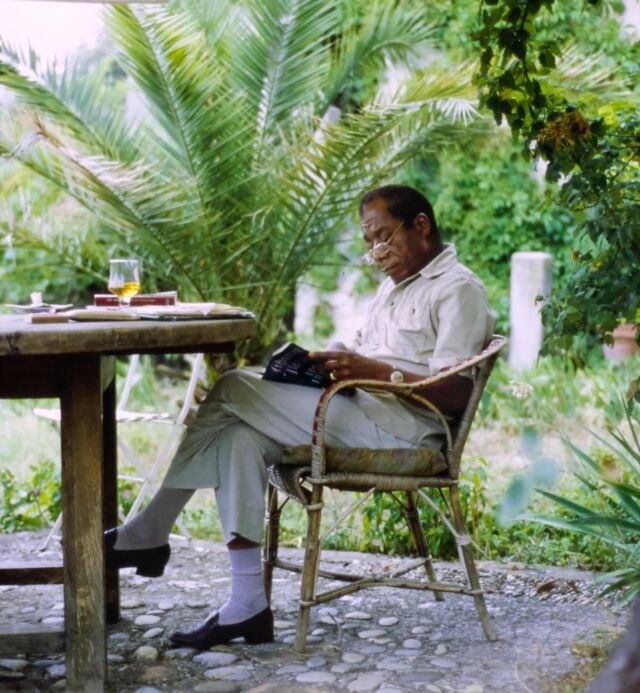



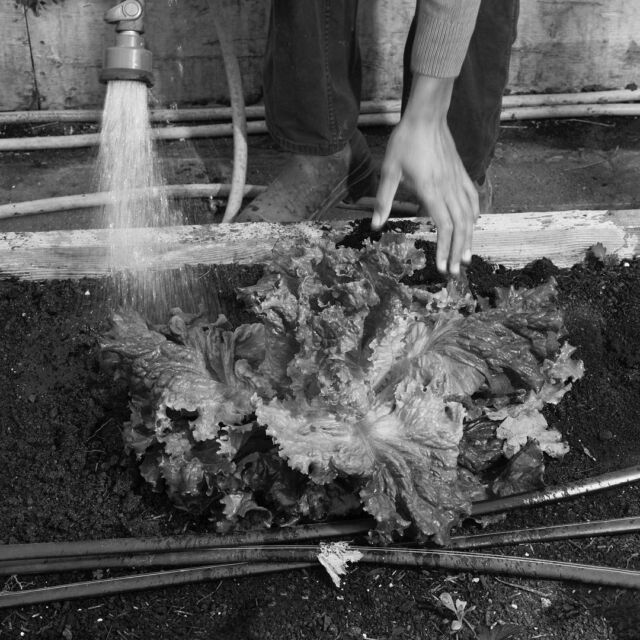


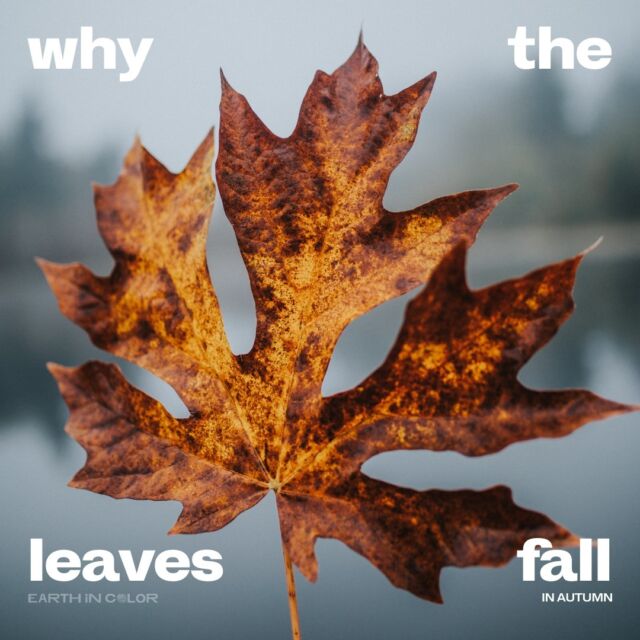
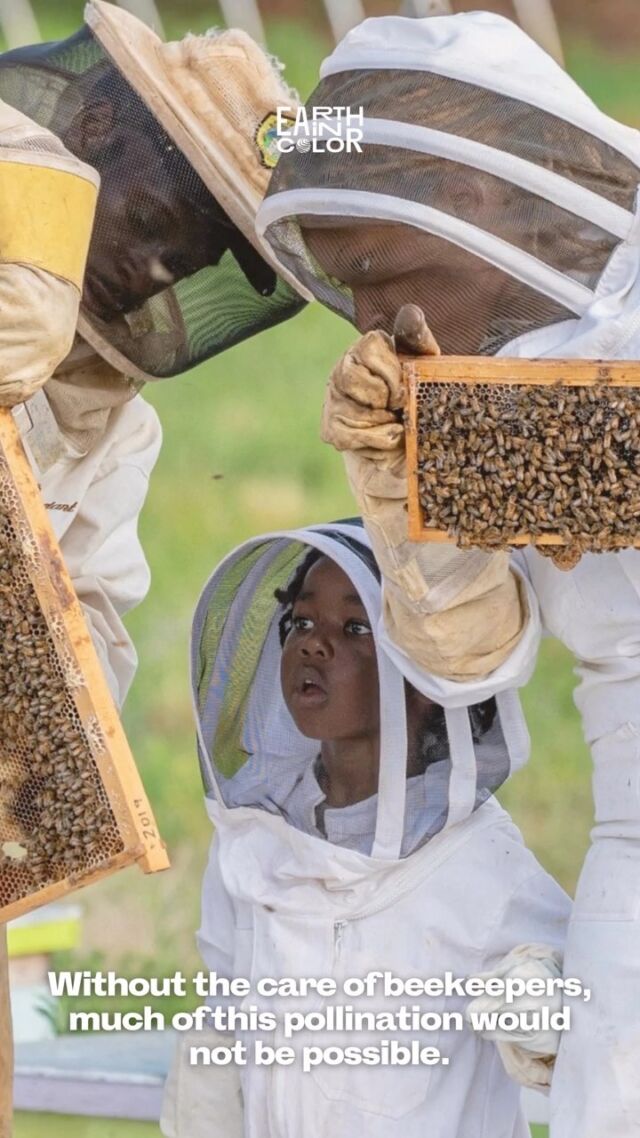
![Did you know you could be buying fake honey? 👀🍯
According to @detroithives co-founder Timothy Paule Jackson, “ninety percent of most honey that you get in big box stores is fake.” To make sure you’re getting the real stuff, he suggests checking out the nutrition label. Fake honey will have ingredients like “high fructose corn syrup, peach syrup, [and] it’ll have some type of sugar.” Avoid honey labeled as “pure” or “pasteurized,” and instead look for words like “raw” or “local.”
And with winter approaching, it’s the perfect time to stock up — not only is it full of vitamins and minerals, but real honey can also be used as a remedy for sore throats and coughs. Swipe to check out some of our favorite Black-owned bee farms and Black beekeepers selling the good stuff 🐝🍯](https://earthincolor.co/wp-content/uploads/sb-instagram-feed-images/314552686_126502226881255_7598404171432106028_nfull.jpg)
